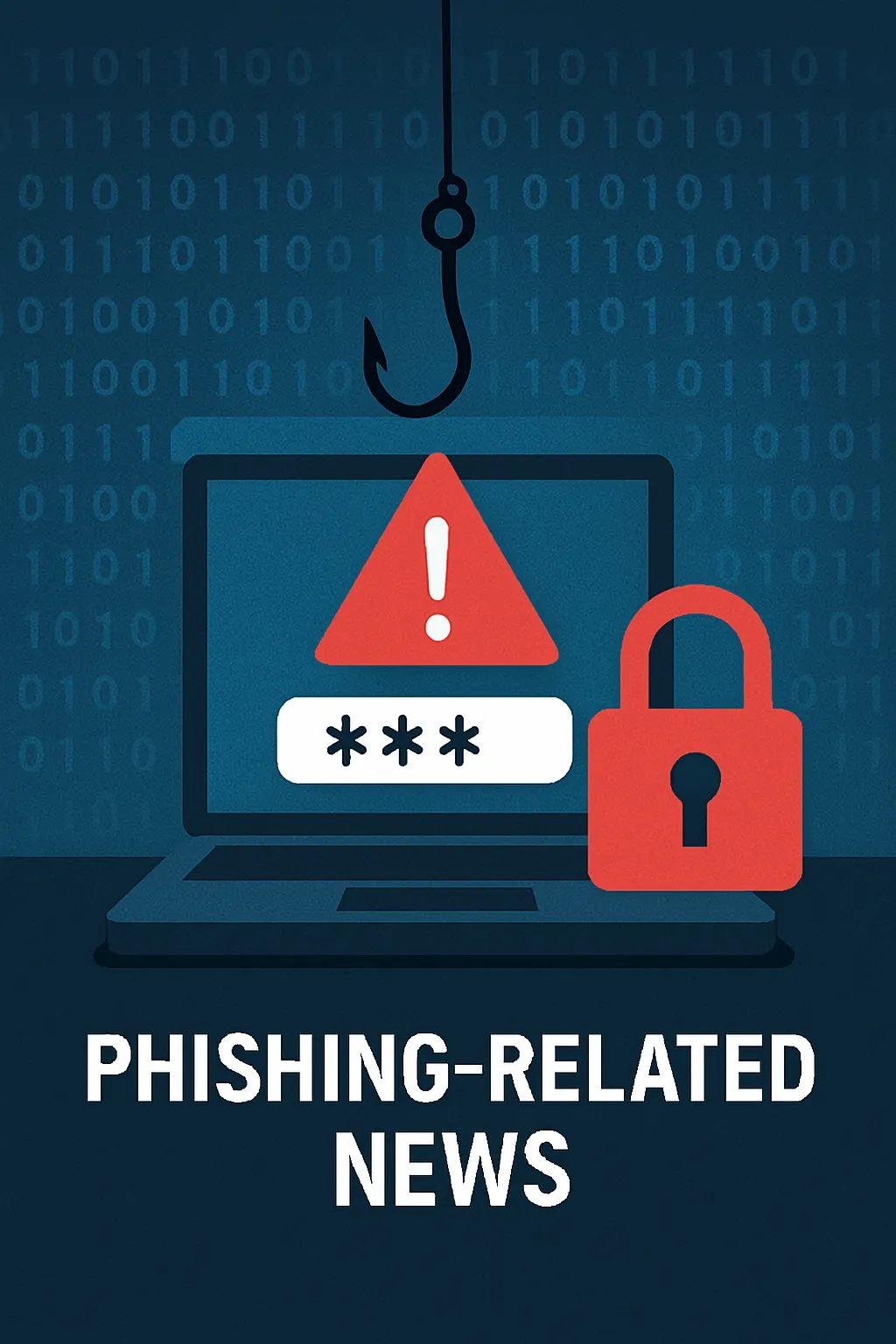Understanding the Threat of Phishing: How to Identify and Stay Safe from Scams
Amidst the digital age, phishing scams have emerged as a sophisticated threat to individual privacy and corporate security. Phishing involves tricking individuals into providing sensitive data such as passwords, account numbers, and social security details, generally through deceptive emails, texts, or phone calls. This guide aims to provide a comprehensive understanding of phishing scams, how to recognize them, and effective strategies to avoid falling victim.
What is Phishing?
Phishing is a type of cyber deception where attackers masquerade as trustworthy entities to extract sensitive information from their targets. This can be achieved via misleading emails or messages that appear to be from legitimate sources, such as financial institutions or familiar corporations. For a deeper dive into the definition, visit the National Cyber Security Centre's exhaustive guide on phishing.
Common Types of Phishing Attacks
Phishing takes several forms, each designed to lure different victims in specific contexts:
- Email Phishing: The most common form involves sending fraudulent emails that resemble those from reputable companies to steal personal information (Federal Trade Commission).
- Spear Phishing: Targets specific individuals or enterprises, often using tailored information that attackers have gathered beforehand.
- Smishing and Vishing: SMS-based phishing and voice phishing involve texts and phone calls, respectively.
Recognizing Phishing Emails
Identifying phishing can often be tricky since scammers continuously refine their strategies. However, typical signs include:
- Urgency or threats, especially if the message demands immediate action.
- Strange URLs or email addresses that mimic legitimate ones.
- Requests for confidential information that reputable companies would not ask through insecure platforms like email.
Microsoft provides an insightful resource on recognizing such emails, which you can access here.
How to Protect Yourself
Prevention is the best defense against phishing. Steps include:
- Verify the sender by checking email addresses carefully.
- Do not click on any suspicious links or attachments.
- Use multi-factor authentication for accounts to provide an extra layer of security.
- Update your software regularly to bolster security defenses.
Maintaining Vigilance
Staying informed about recent phishing techniques is crucial as cyber threats evolve. The Federal Bureau of Investigation offers excellent advice on how to deal with the nuances of spoofing and phishing attacks at their official site.
Takeaways and Actionable Advice
The importance of cybersecurity awareness cannot be overstated. Regular updates to your devices, cautious examination of emails and messages, and continuous education on cyber threats are your prime tools against phishing. Empower yourself by staying updated and practicing cautious online behavior.
Conclusion
Phishing scams can be a significant risk, but awareness and proactive security measures can greatly reduce your susceptibility to such attacks. Keep alert, verify communication sources, and never compromise on security practices.

